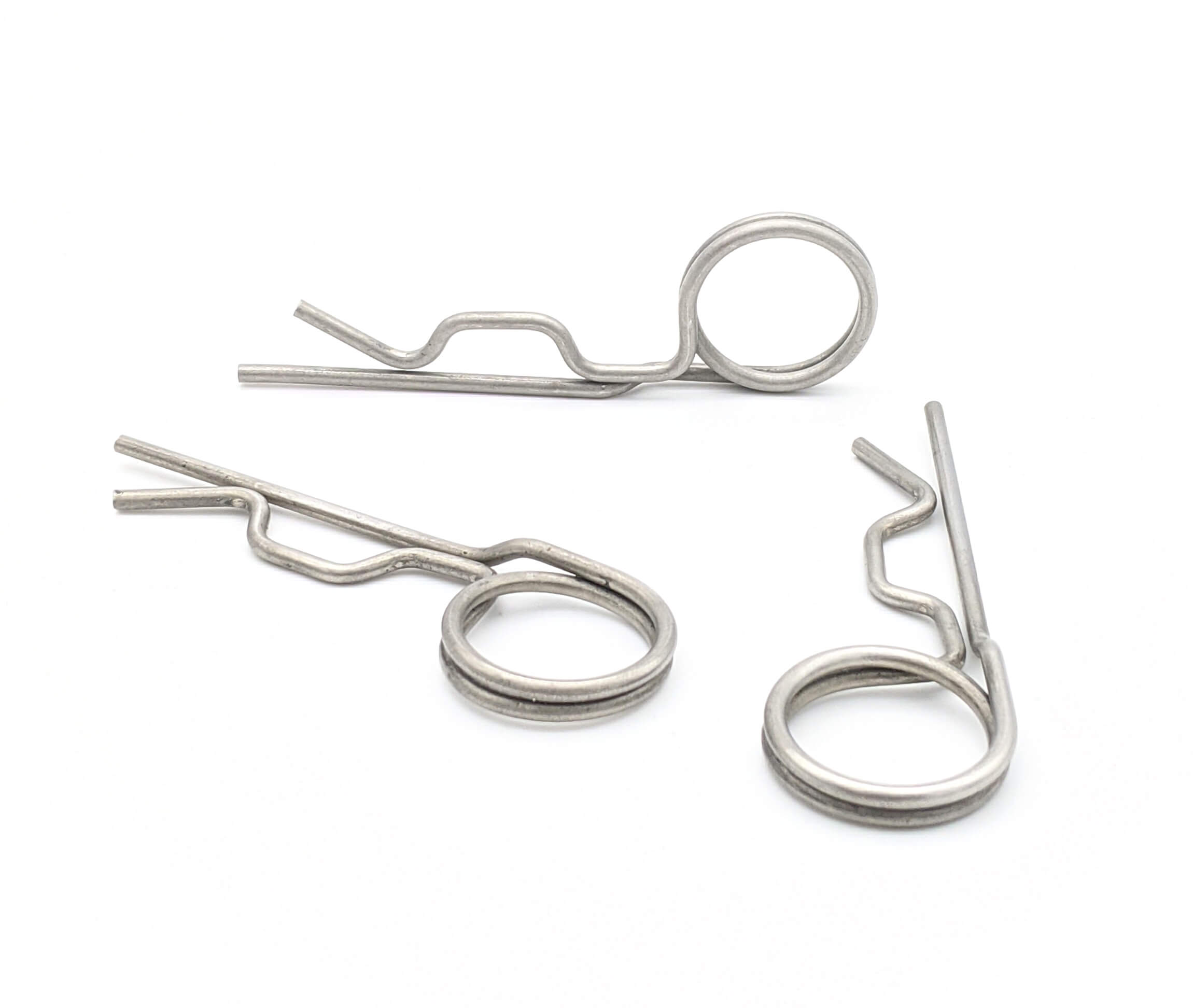Get unique, complex parts easily. No matter your requirements, Chaoyi Spring creates hard-to-produce coil springs and wire forms.
Let us help you create the custom wire form you need, from S-hooks and J-hooks to utility hooks and more.
We work closely with customers across a wide range of industries, helping them design and manufacture made-to-order parts.
Why choose Chaoyi Spring? We prioritize customer-focused collaboration, modern equipment and the latest technology to make your parts per print.
Find the information and guidance you need, from measuring a spring to learning about materials, placing an order and much more.
In the realm of mechanical engineering, springs are ubiquitous, silently performing their vital roles within countless machines and devices. Among the diverse array of spring designs, back coil springs stand


In the realm of mechanical engineering, springs are ubiquitous, silently performing their vital roles within countless machines and devices. Among the diverse array of spring designs, back coil springs stand out as a unique and often overlooked type, possessing exceptional capabilities and a remarkable history. This article delves into the intricacies of back coil springs, exploring their construction, applications, and the advantages they offer over conventional coil springs.

Back coil springs, also known as compression springs with a reversed coil, represent a fascinating variation of the classic coil spring design. Unlike their traditional counterparts, where the coil is wound in a single direction, back coil springs feature a section of coils wound in the opposite direction. This seemingly simple modification brings about a profound change in their performance characteristics, making them ideal for specific engineering challenges.
The secret behind the unique behavior of back coil springs lies in their construction. The reversed coil section acts as a built-in buffer, preventing the spring from fully compressing and potentially bottoming out. As the spring is compressed, the coils gradually stack against each other until the reversed section is reached. This section then acts as a resistance, effectively limiting the further compression of the spring. The result is a spring with a progressive rate, meaning its stiffness increases with increasing load.
Back coil springs offer a number of distinct advantages over conventional coil springs, making them a preferred choice for various applications.
Firstly, their progressive rate provides superior load-bearing capabilities. As the load increases, the spring's stiffness also increases, allowing it to handle heavier loads without collapsing. This is particularly beneficial in applications where sudden shocks or impacts are expected.
Secondly, back coil springs exhibit improved stability and vibration dampening properties. The reversed coil section acts as a shock absorber, absorbing and dissipating energy from vibrations, leading to smoother operation and reduced wear and tear on surrounding components.
Thirdly, back coil springs are often more compact than their conventional counterparts, allowing for more efficient use of space within a design.
The unique characteristics of back coil springs have led to their widespread use in a variety of industries. Some common applications include:
1. Automotive Suspension Systems: Back coil springs are frequently used in suspension systems to provide a smooth ride and absorb shocks from road imperfections. Their progressive rate ensures optimal suspension performance across a range of load conditions.
2. Industrial Machinery: In heavy-duty equipment, back coil springs are employed to absorb shock loads and dampen vibrations, extending the lifespan of critical components.
3. Aerospace Engineering: The lightweight and high-performance nature of back coil springs makes them suitable for applications in aircraft and spacecraft. They are often found in landing gear, control systems, and other critical components.
4. Medical Devices: Back coil springs are used in medical devices where precise control and reliable performance are paramount. They are found in prosthetic limbs, surgical instruments, and other medical equipment.
5. Consumer Products: Back coil springs find their way into a surprising number of everyday products, including furniture, toys, and sporting goods. Their ability to provide both support and resilience makes them ideal for these applications.
The concept of back coil springs has its roots in the early days of spring design, dating back to the 19th century. As engineers sought to improve the performance and reliability of springs, the idea of incorporating a reversed coil emerged. The early back coil springs were often hand-crafted, a testament to the dedication and ingenuity of the engineers of that era.
With advancements in manufacturing technologies, the production of back coil springs became more efficient and precise. Today, these springs are manufactured using sophisticated techniques, ensuring consistent quality and performance. The legacy of back coil springs continues to this day, with engineers constantly finding new and innovative ways to utilize their unique capabilities.
Back coil springs are an integral part of the mechanical world, often working behind the scenes to ensure smooth operation, stability, and durability. Their unique design and performance characteristics have made them an indispensable component in a wide range of applications. As technology continues to evolve, back coil springs will undoubtedly play an increasingly important role in shaping the future of mechanical engineering.
Browse some of the custom wire forms and springs that we manufacture. Don’t see what you need? We specialize in made-to-order products that meet your application requirements.
Visit Our GalleryNeed a custom wire form or coil spring? We make it work. Fill out the contact form and a representative will respond within 1 business day. If you have a PDF or CAD file, you can submit to request a quote.